Revamped National Gallery Sainsbury Wing unveiled: Annabelle Selldorf gives us a tour
The National Gallery Sainsbury Wing redesign by Selldorf Architects is ready to open its doors to the public in London; we took the tour
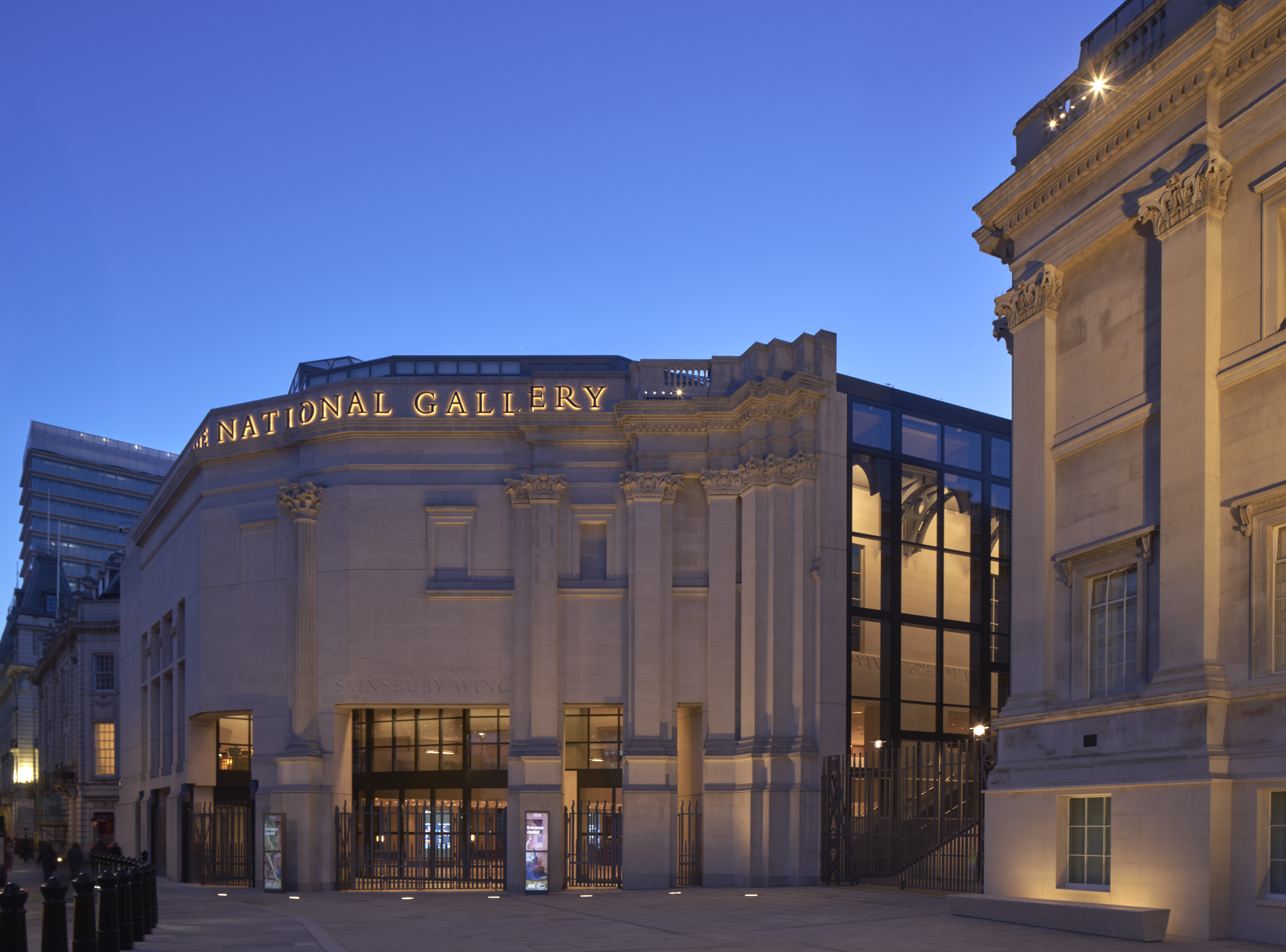
The criticism Annabelle Selldorf received for her National Gallery Sainsbury Wing conversion plans was unprecedented when they were first presented. In October 2022, eight former presidents of the RIBA signed a letter to Westminster City Council criticising the proposals of her New York-based practice Selldorf Architects’ proposals for changing 'a finely conceived space into an airport lounge'. Critics and conservation bodies waded in. Denise Scott Brown, who, with her partner Bob Venturi (as the duo Venturi, Scott Brown), designed the original, 1991-completed Sainsbury Wing, called Selldorf’s work 'a clown in a tutu'. In the end, as the institution prepares to reopen its doors and unveil its newly refreshed section, it is hard to see what all the fuss was about.

National Gallery Sainsbury Wing redesign revealed
What we have in reality is an intelligent, restrained reworking of an entrance space that at ground level never worked in the way in which it was intended, and certainly not in an era of mass museum visitorship. Venturi, Scott Brown claimed that their ground-floor entrance was like a crypt beneath a cathedral, and indeed it was a rather dark space dominated by heavy columns, from which one would rise up to the galleries on the second floor.
The architectural strategy of compressing space and then revealing a larger volume is a familiar one. In the case of the National Gallery, though, this didn't apply, given that the Early Renaissance galleries on the second floor, also by Venturi, Scott Brown (untouched in the renovation), were hardly massive volumes. As the German-born Selldorf, who has designed a number of contemporary art galleries in London, wryly observes, 'I have never entered a church through a crypt.'
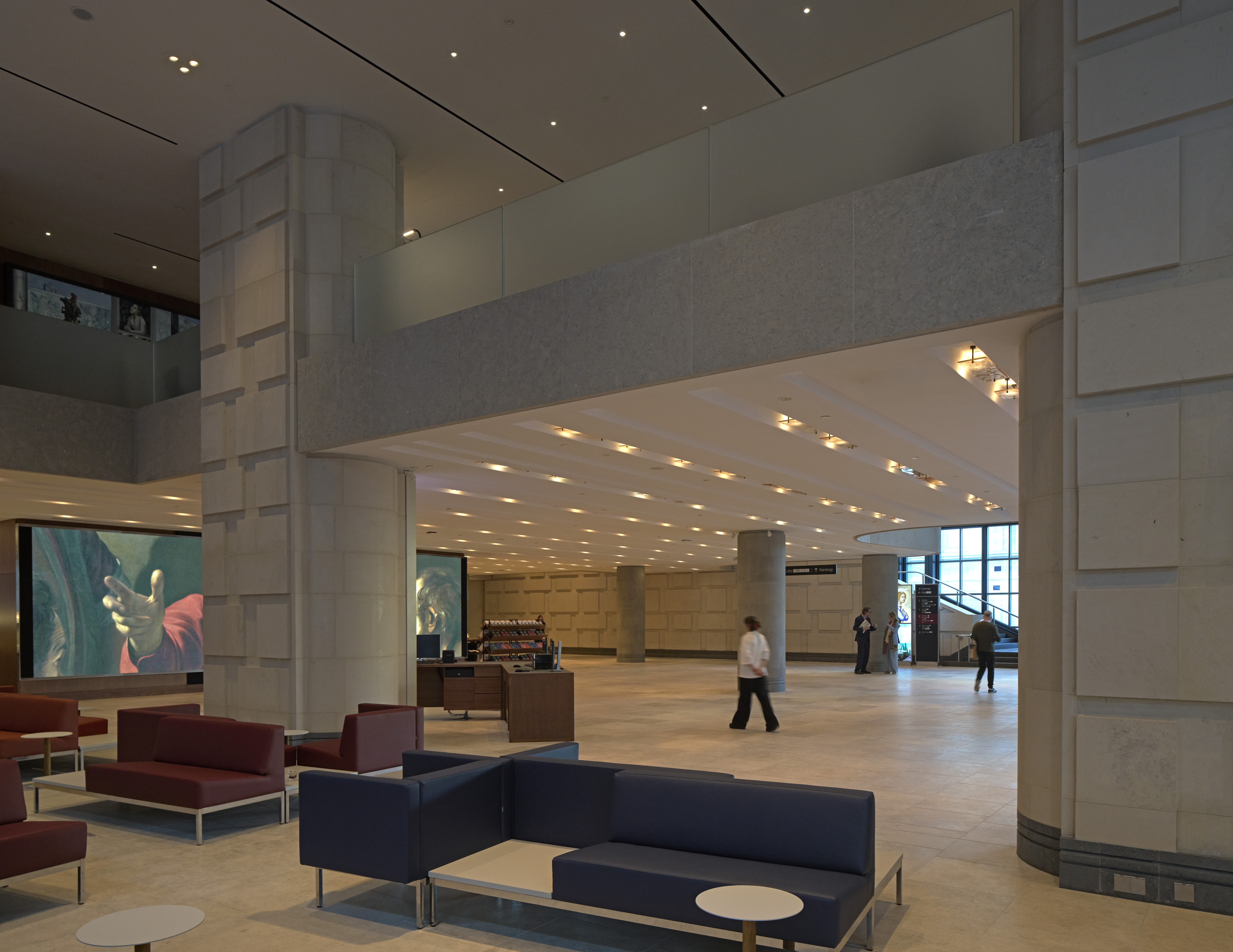
The changes she has made are well considered. Externally, the building meets the public space of Trafalgar Square in a more seamless way. An incongruous walled courtyard in front of the main building has been removed, clarifying the entrance to Jubilee Walk (which runs between the Sainsbury wing and the main building) and allowing those approaching the building to appreciate Venturi, Scott Brown’s playful façade that concertinas into a sculptural relief the colonnade of William Wilkins 1838 building.
The revolving doors to the wing have been replaced with automatic glass doors and discreet, integrated metal detectors. The main change is that two new double-height volumes to the east and west have been added to the entrance, allowing more natural light from Whitcomb Street and alongside the epic staircase to the east. The shop has been replaced by informal café seating and a bar. Retail is divided between a space on the mezzanine, adjacent to a new restaurant, and a more discreet space on the ground floor, recessed behind a 10.6m long media screen that is programmed to show details of the paintings inside, dominating the entrance visually.

Above, the mezzanine is now a real mezzanine rather than a cramped interstitial floor. Beneath, a subterranean link to the basement of the main building will come in a subsequent phase, creating a circulation loop, but for now, that really is it. Selldorf has renovated several historic buildings in London as contemporary art spaces for, among others, Hauser & Wirth and Thaddaeus Ropac, and has just completed a refurbishment of The Frick Collection in New York. She works with existing palettes, so the ground-floor surface for the National Gallery is a similar limestone to that which surfaces Trafalgar Square outside. She has rationalised the alignment of the existing columns, reducing their radius but retaining the existing pietra serena, a blue-grey sandstone.

Her work alongside conservation specialist Purcell on the National Gallery is typically simple and restrained, providing much-needed, unshowy architectural surgery. In 1990, before the Sainsbury Wing opened, the building welcomed 3.7 million visitors annually. In 2019, before Covid and the gallery’s partial closure for refurbishment, it welcomed over 6 million. With a generous main entrance, integrated security systems and 60 per cent more open public space than before, the institution now has what it needs to operate in a new world.
Receive our daily digest of inspiration, escapism and design stories from around the world direct to your inbox.
Tim Abrahams is an architecture writer and editor. He hosts the podcast Superurbanism and is Contributing Editor for Architectural Record
-
 Compact but far from cuddly, the Abarth 600e is a small but shouty EV with a sting in its tail
Compact but far from cuddly, the Abarth 600e is a small but shouty EV with a sting in its tailAbarth’s second performance electric car, the 600e ramps up the branding to make a bold statement inside and out
-
 Nature inspires this Finnish jewellery from heritage brand Kalevala
Nature inspires this Finnish jewellery from heritage brand KalevalaA collaboration with Swedish designer and artist Martin Bergström nods to the natural world and jewellery brand Kalevala's history
-
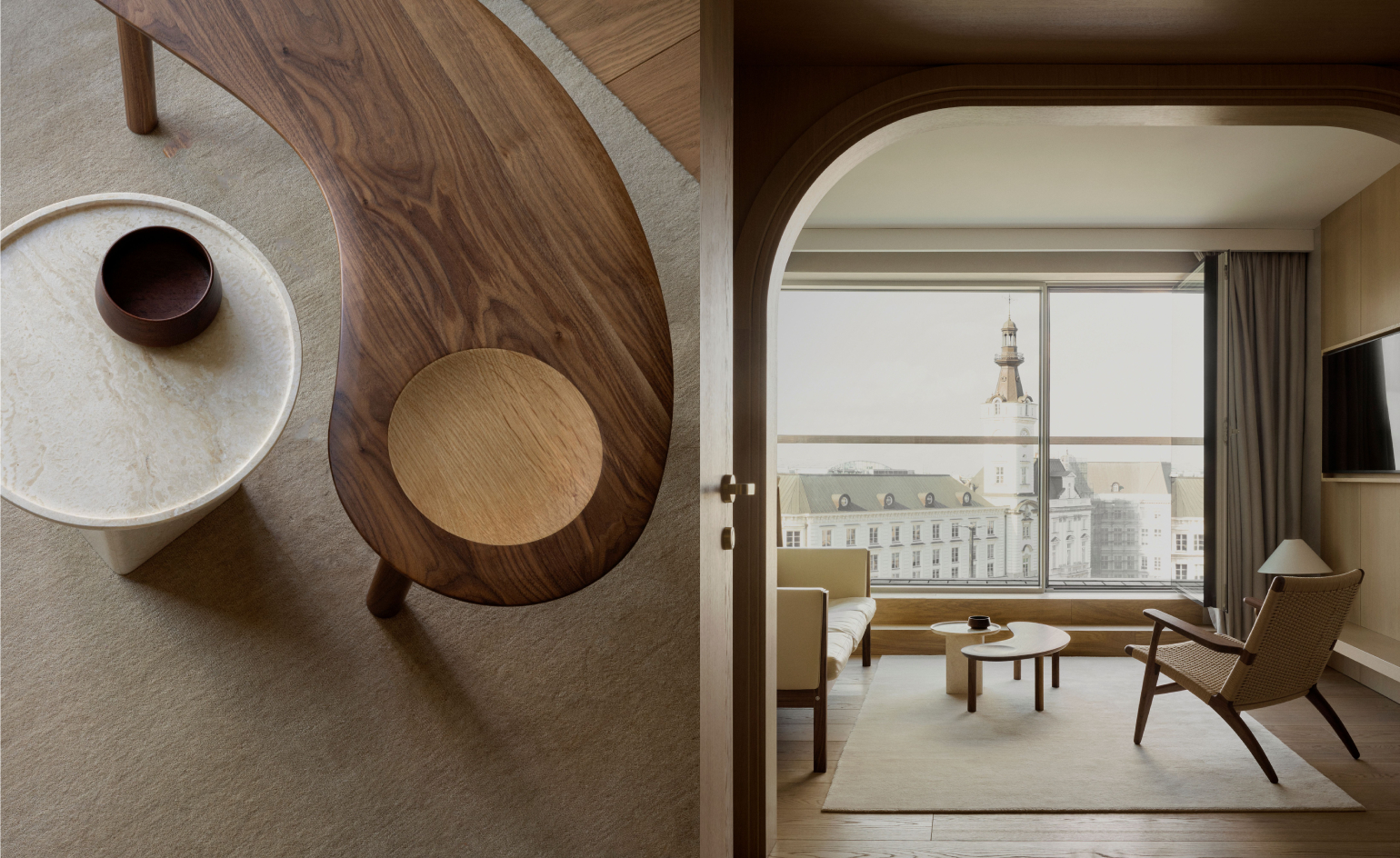 At the new Puro Warsaw Old Town hotel, Polish folklore rethinks Scandi chic
At the new Puro Warsaw Old Town hotel, Polish folklore rethinks Scandi chicDesigned by GamFratesi, this cool and contemporary hotel rides high in the ever-shifting, vibrant Polish capital
-
 A refreshed Fulham house balances its history with a series of 21st-century interventions
A refreshed Fulham house balances its history with a series of 21st-century interventionsA Fulham house project by Bureau de Change creates a 21st-century domestic haven through a series of contemporary interventions and a deep connection to the property's historical fabric
-
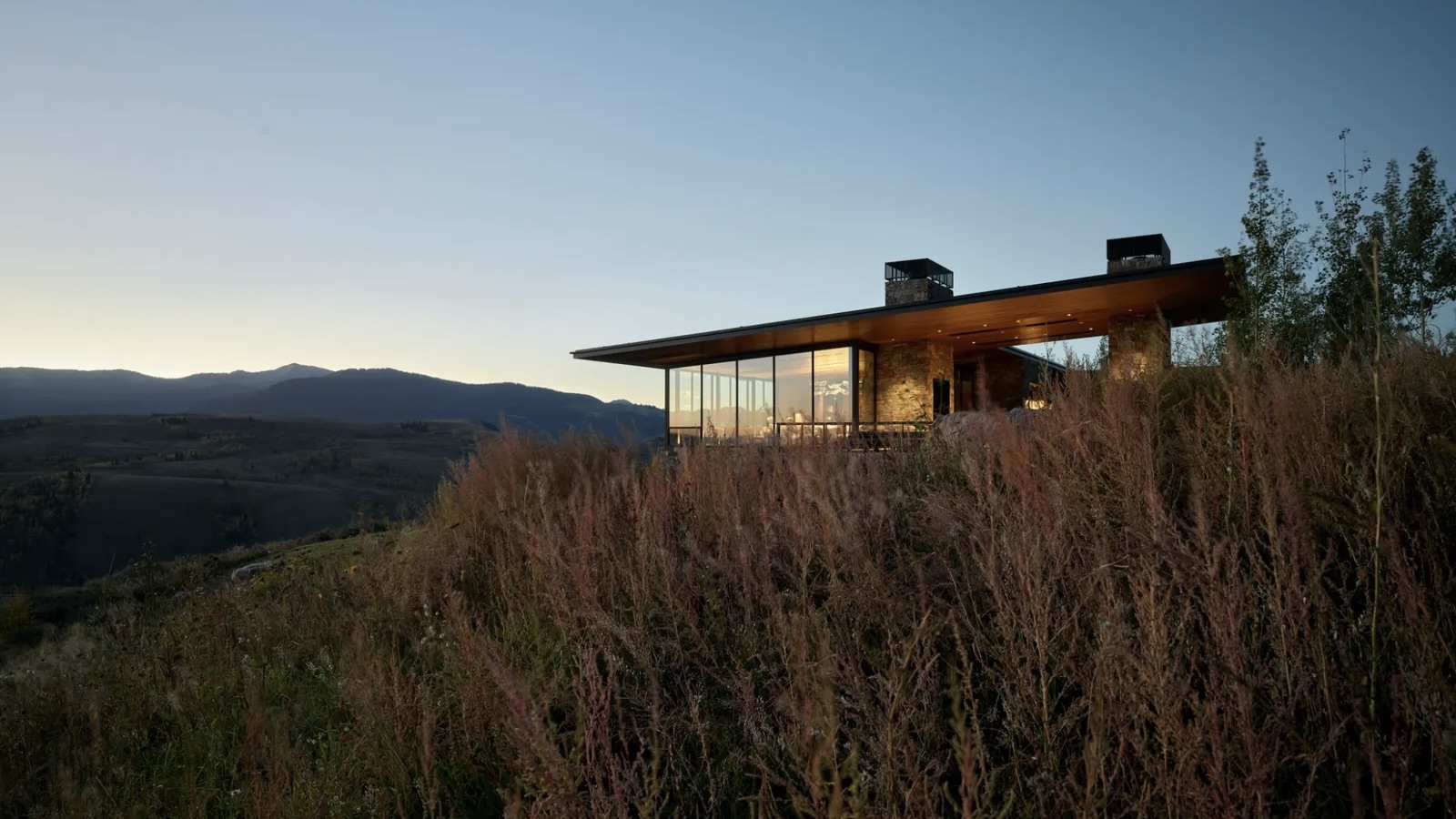 The Monthly Architecture Edit: Wallpaper’s favourite July houses
The Monthly Architecture Edit: Wallpaper’s favourite July housesFrom geometric Japanese cottages to restored modernist masterpieces, these are the best residential projects to have crossed the architecture desk this month
-
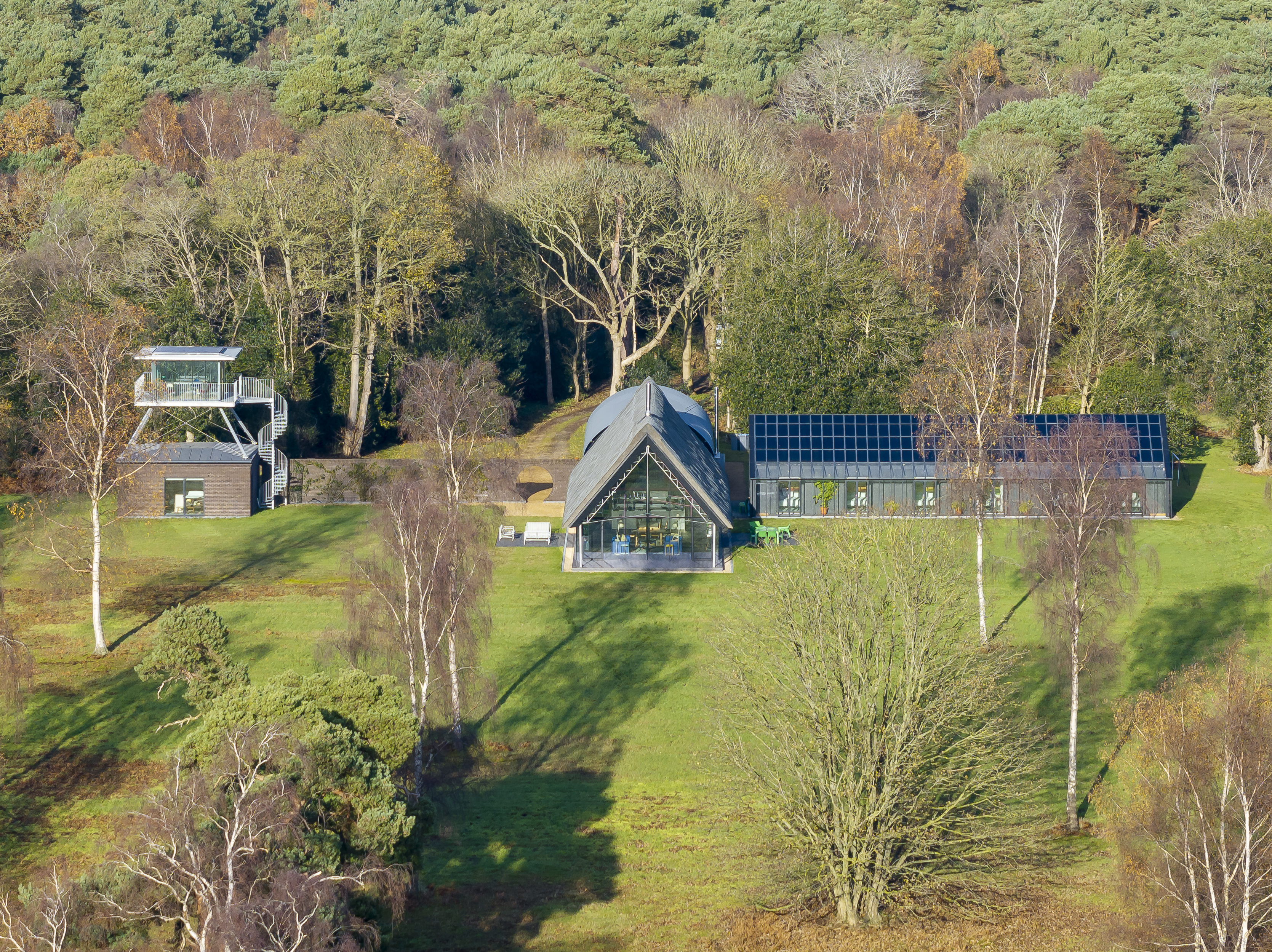 Visiting an experimental UK home: welcome to Housestead
Visiting an experimental UK home: welcome to HousesteadThis experimental UK home, Housestead by Sanei + Hopkins, brings together architectural explorations and daily life in these architects’ own home
-
 A house in Leamington Spa is a domestic oasis infused with contemporary sensibilities
A house in Leamington Spa is a domestic oasis infused with contemporary sensibilitiesThis house in Leamington Spa, by John Pardey Architects, brings together flood risk considerations, a conservation area's historic character, and contemporary sensibilities
-
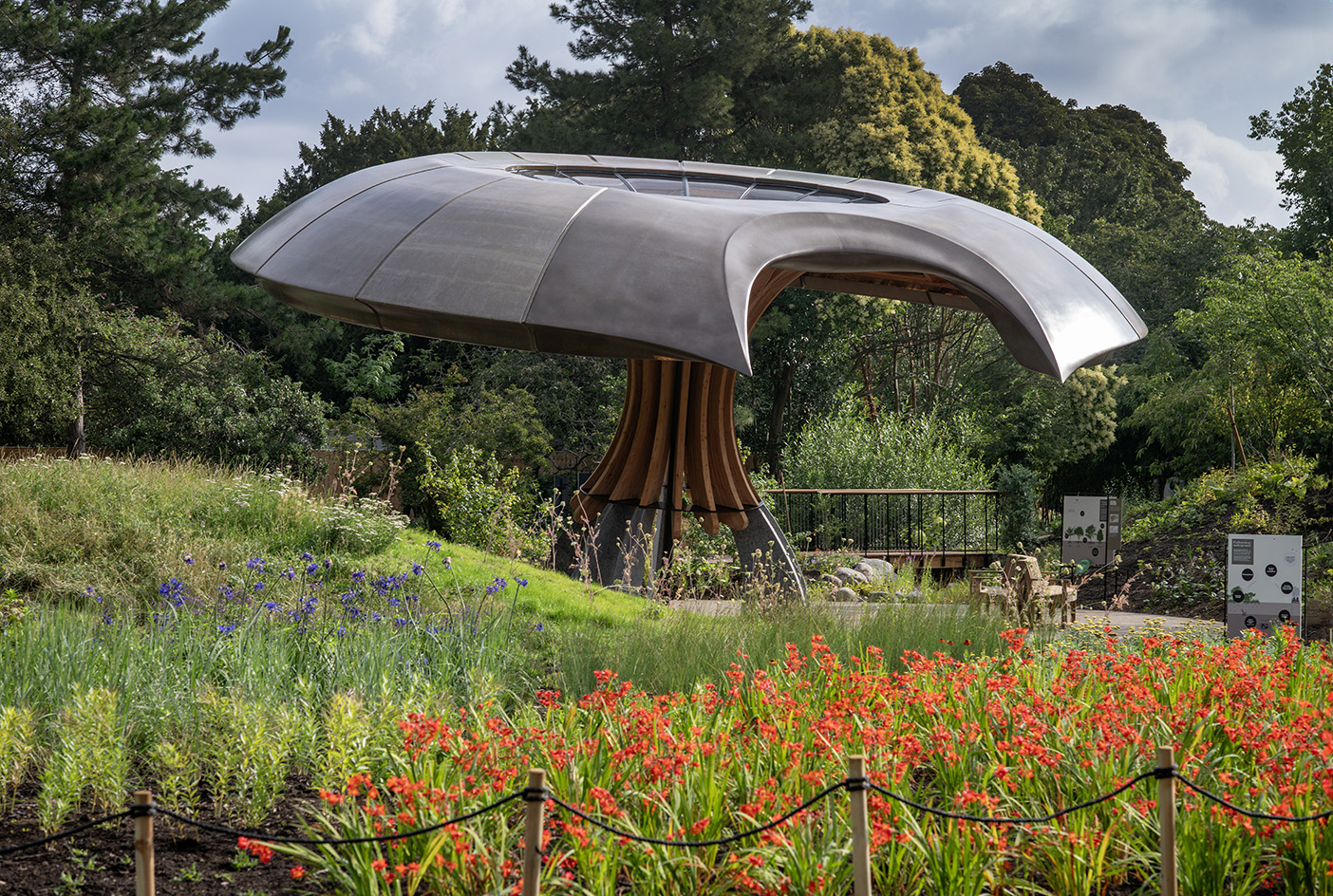 A garden explaining carbon capture in nature? Head to Kew in London
A garden explaining carbon capture in nature? Head to Kew in LondonKew unveils 'Carbon Garden', a new offering at London's Royal Botanic Gardens that's all about carbon capture within nature; and how plants and soil can be leveraged to help us battle climate change
-
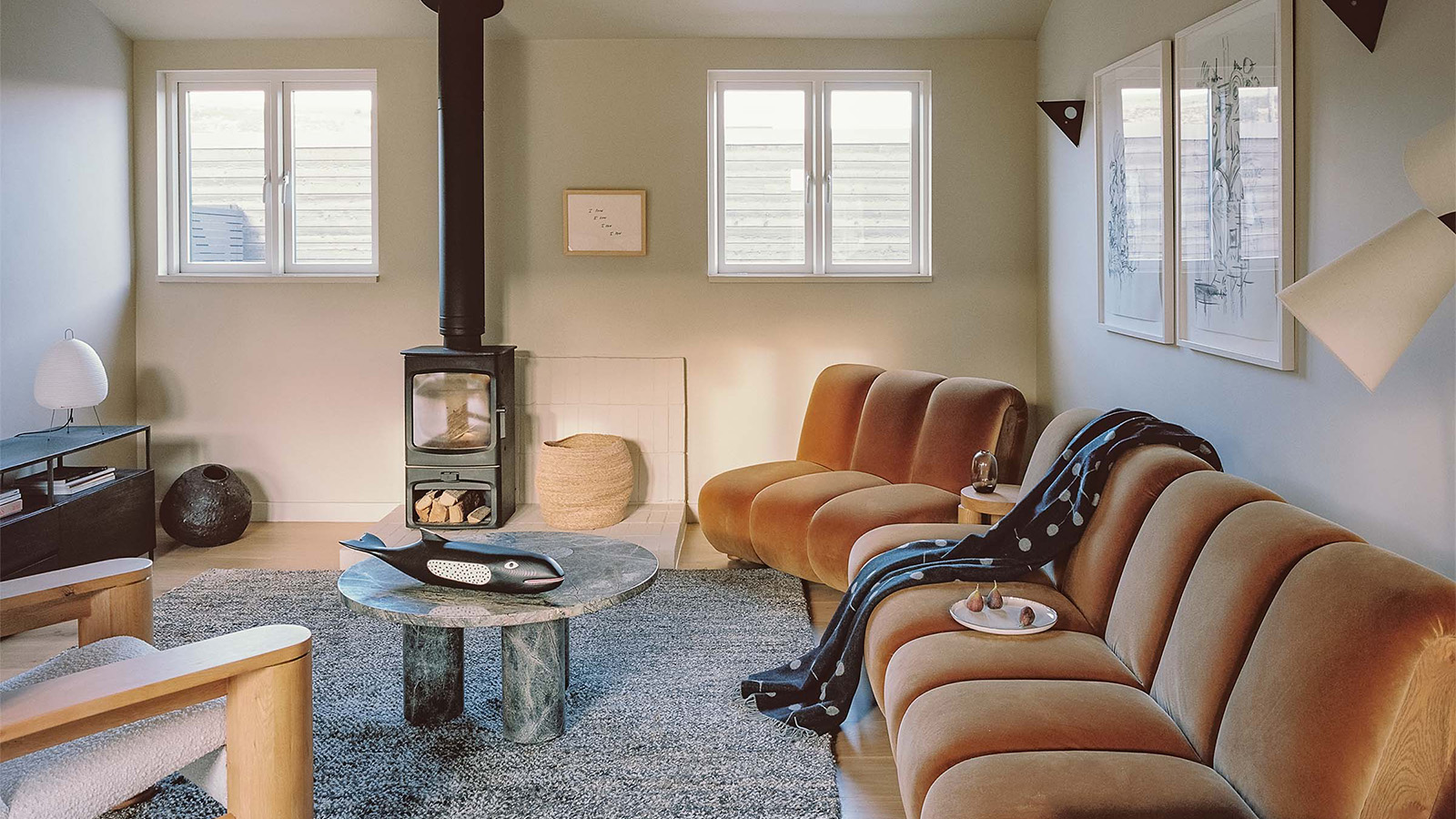 An old war barracks is transformed into a charming Dorset Beach House
An old war barracks is transformed into a charming Dorset Beach HouseNestled in its coastal setting, a redesigned barracks home in an Area of Outstanding Natural Beauty becomes a contemporary Dorset beach house by Architecture for London
-
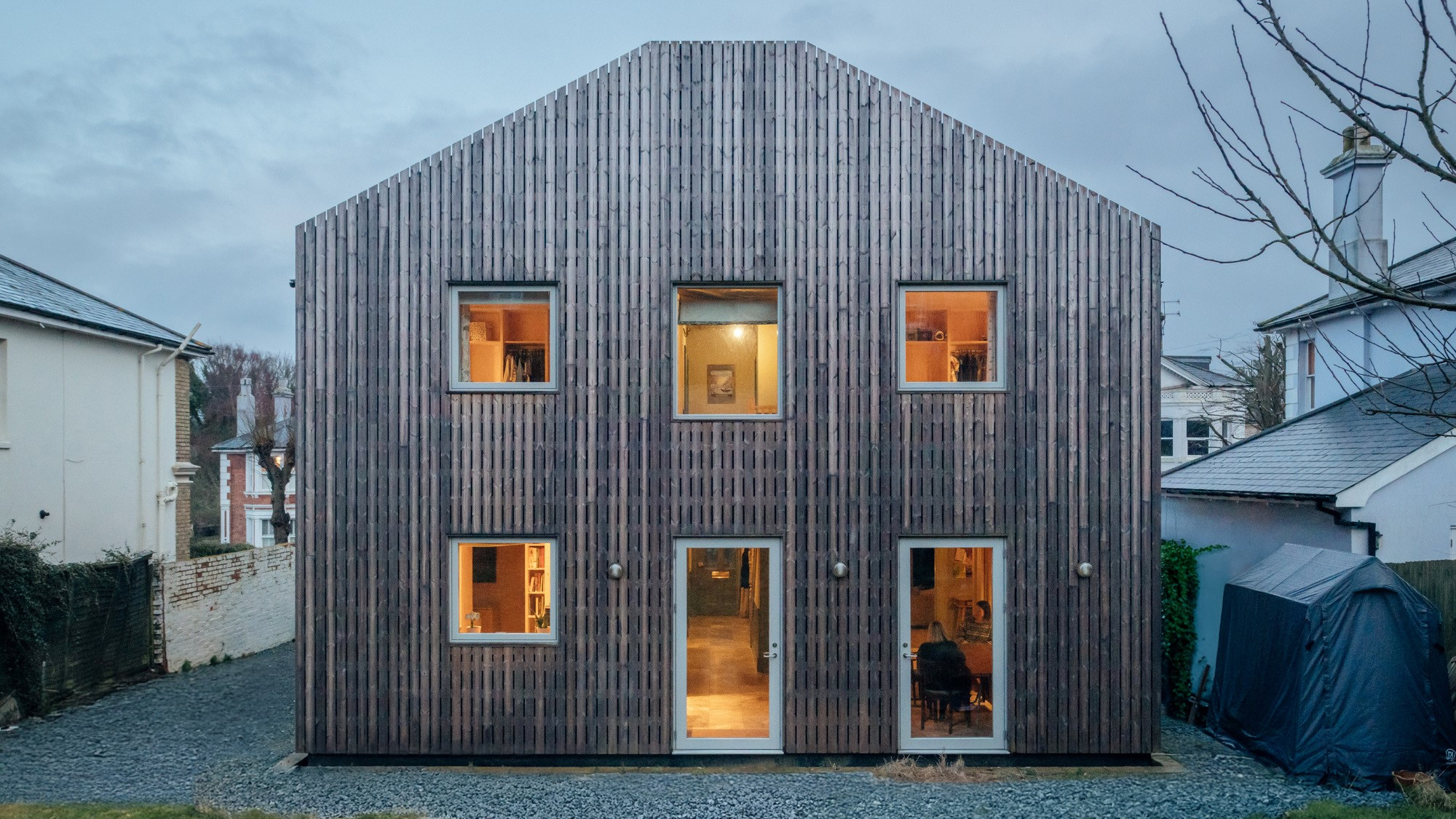 Studio Bark has transformed a Victorian villa into an eco-friendly family home
Studio Bark has transformed a Victorian villa into an eco-friendly family homeA Victorian villa in the South of England has been overhauled with new low-energy systems and a self-build addition to create a home fit for the future
-
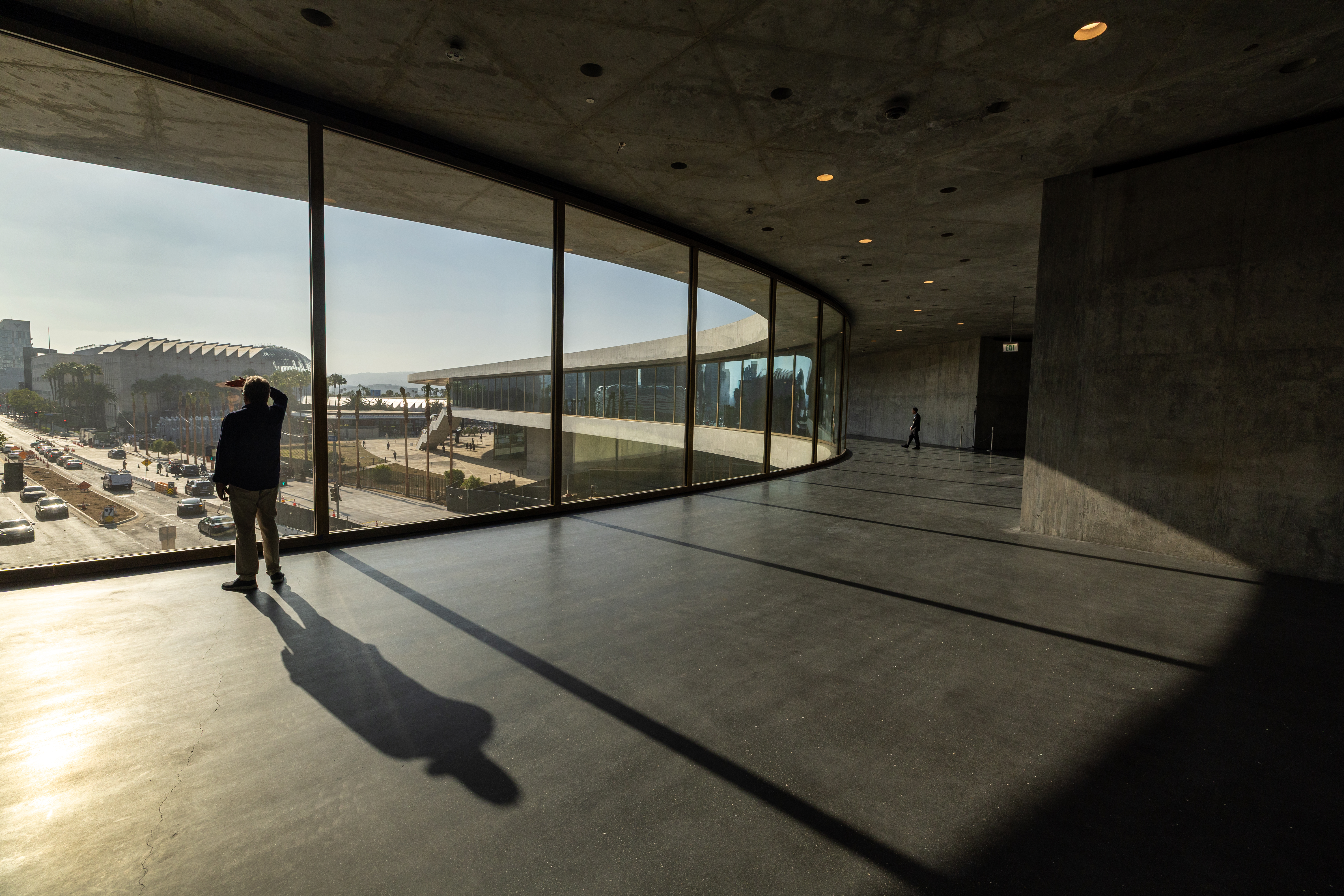 The great American museum boom
The great American museum boomNine of the world’s top ten most expensive, recently announced cultural projects are in the US. What is driving this investment, and is this statistic sustainable?